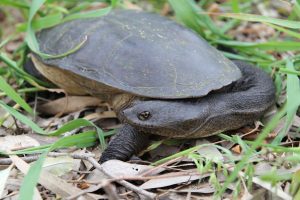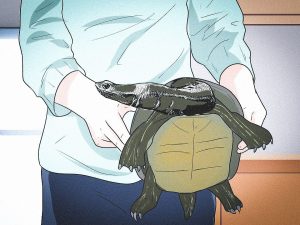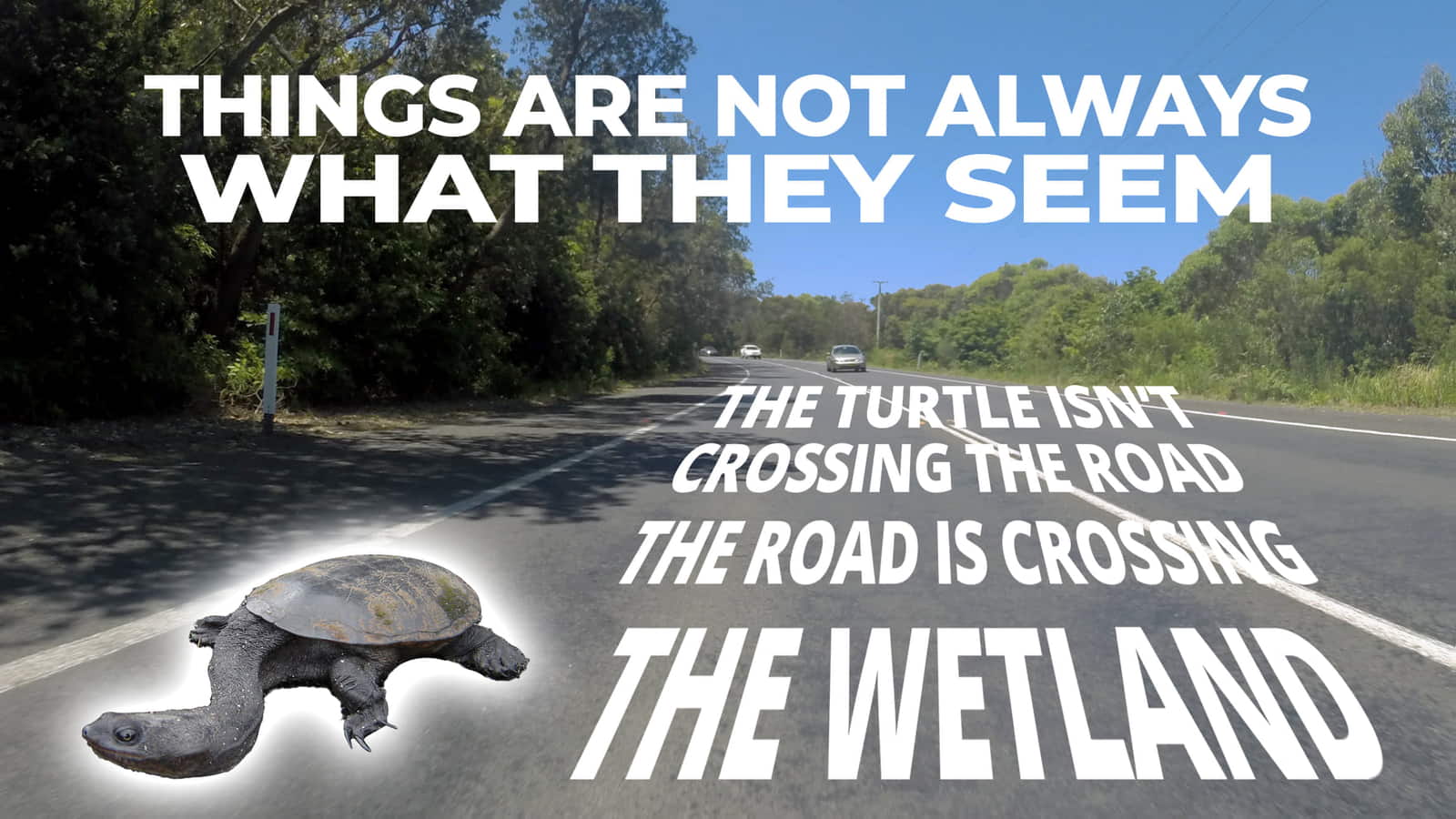Q. How do you track a turtle?
A. Slowly
Spring is in the air and the female turtles are leaving our wetlands to lay their eggs. While in days gone past this was likely a good reproductive strategy it is now a life and death exercise for the heavily pregnant females and their eggs.
As the saying goes “The problem is not the turtle crossing the road, the problem is the road crossing the wetland.”
While the research continues on the why’s and where’s of the nesting habits of the Southwestern Snake-Necked Turtles, we know that they can travel long distances from the lakes to find appropriate nesting sites, and if this means crossing a busy road, they will certainly attempt to do that. Obviously, that is a hazardous pursuit.
The other human-induced hazard to our turtles is the urban fox population. Many people are unaware of how many foxes lurk in our neighbourhoods. Despite the City of Cockburn carrying out fox control prior to turtle nesting season each year, these cunning creatures can travel many kilometres each night and we continue to experience issues with fox predation.

The good news is that the
TURTLE TRACKERS ARE AWESOME!
Saving our Snake-necked Turtle Project, City of Cockburn, Murdoch University, WA Wildlife, Department of Biodiversity, Conservation & Attractions (DBCA) and The Wetlands Centre are working together with a group of absolutely amazing volunteers—Turtle Trackers—to help protect the nesting females as well as their nests. Scouring the lake perimeter every day, this hardy band of trackers is going above and beyond to help our turtle population. Turtle Trackers can be identified in and around Bibra Lake by their stylish Hi Viz vests and quizzical expressions that come from staring into long grass for hours on end.
The Turtle Trackers follow the females out to their nesting sites, supervise the nesting from a discrete distance (this can involve deterring inquisitive ravens and the like), and then cover the nests with mesh squares and pinning them into place. The females are then escorted back to the safety of the water.
Often a low-pressure system— that is overcast, rainy weather—can act as a trigger for the female turtles to move en masse. So, this adds another dimension of excitement to the Turtle Tracking!
Turtle ALERT

If you see a turtle moving away from a wetland, please try to ensure they continue safely on their journey, always being mindful of your own safety. If heading back towards the lake, it is okay to move them to a safe spot in that direction.
Encourage everyone to SLOW DOWN around the wetlands. We are working with the authorities to formalise lower speed limits around wetlands especially at this time of year. In the meantime, the City of Cockburn are doing a good job with the signage, but we should all be showing a good example and driving cautiously around our wetlands, especially in that overcast rainy weather.
In the next issue of Turtle Talk we will find out about the male turtles’ urges for making similarly perilous journeys between wetlands…


0 comments on “Turtle Talk”